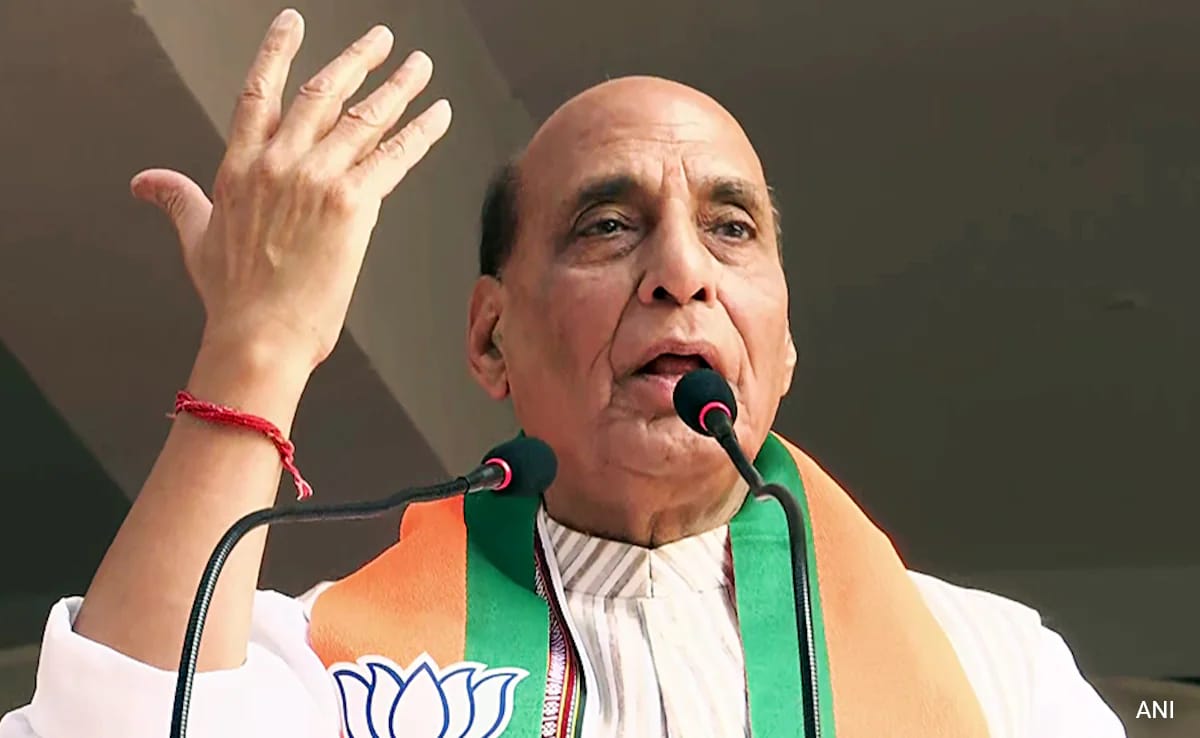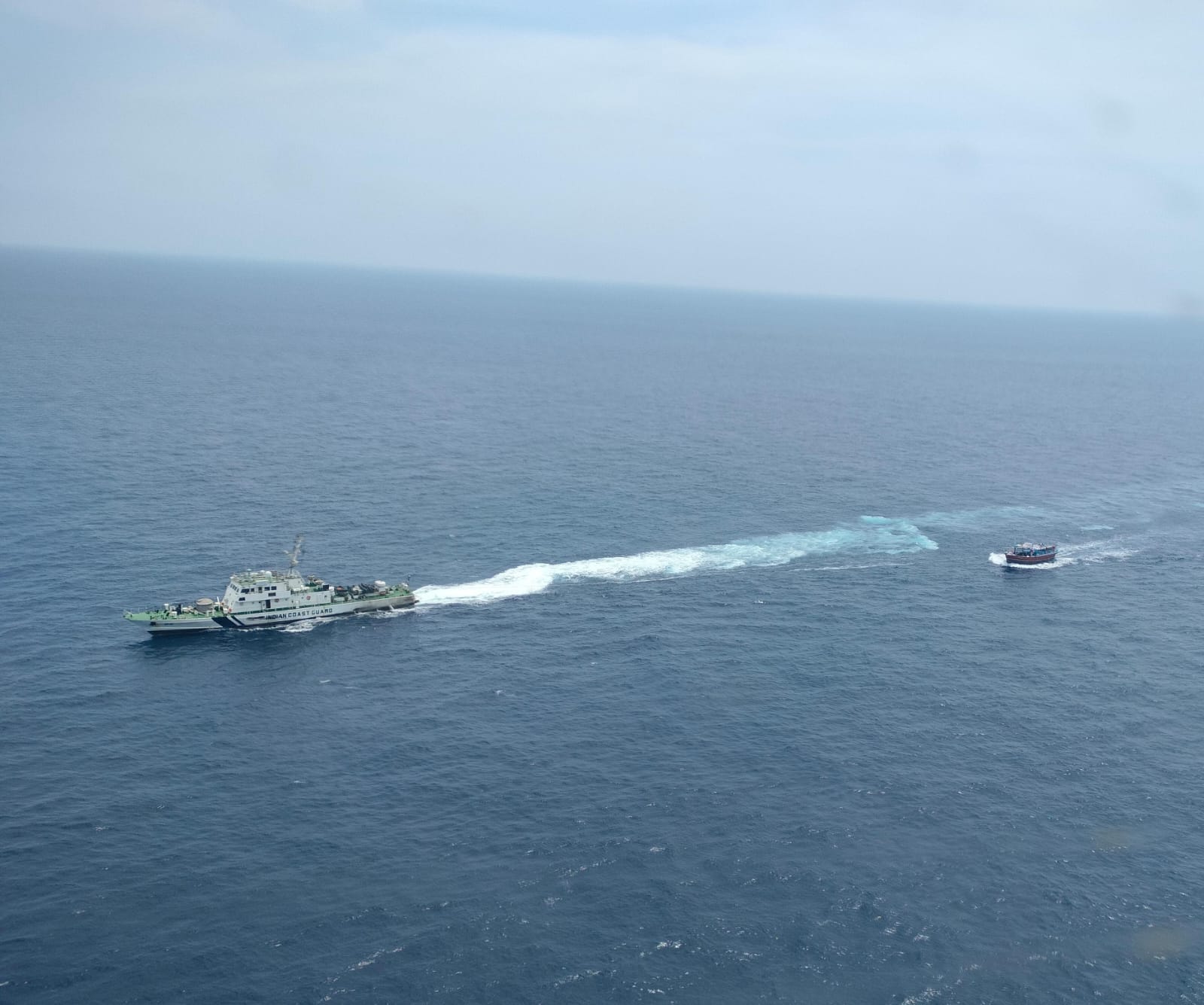An Air India plane prepares to take off from Biju Patnaik International Airport on a cold foggy day in Bhubaneswar. (PTI photo)
CAT III is a navigation system that helps planes land when visibility is reduced in dense fog and bad weather conditions
A dense blanket of fog blanketed Delhi, causing massive disruption and delaying flights to and from the national capital. At least 110 flights were delayed due to dense fog, while several others were either diverted or cancelled.
Other airports in the country including Hyderabad, Bengaluru and Ahmedabad also reported disruption in flight movement due to bad weather. Major airlines including IndiGo, SpiceJet and Vistara have warned that the ongoing bad weather conditions in Delhi and Kolkata may further impact flight schedules.
The month of January is witnessing dense fog, causing severe deterioration in both general visibility and runway visual range visibility, thereby disrupting flight movements as visibility falls below certain standards.
Operations at the airport are being conducted under CAT III B, a navigation system that allows landing with a minimum visibility of 50 metres, where visibility is significantly reduced.
Delhi airport operator Delhi International Airport Limited (DIAL) had last month announced that flights which are not CAT III compliant may be affected.
What is Cat III technology?
Indira Gandhi International Airport in Delhi is equipped with a state-of-the-art anti-fog landing system called CAT IIIB Instrument Landing System (ILS). According to a report in The Quint, ILS is a guidance system that helps planes land in low visibility conditions with the help of radio signals and sometimes high-intensity light arrays.
CAT III is a navigation system that helps planes land when visibility is reduced in dense fog and bad weather conditions. This allows landing with a minimum visibility of 50 metres.
The initial cost of installing a complete CAT IIIB system at an airport can go up to Rs 10 crore and the maintenance cost can go up to around Rs 50 lakh on a monthly basis. The CAT IIIB system was installed at the Calcutta Airport at a cost of Rs 130 crore.
How does Cat III work?
In the CAT II system, a pilot is guided by a signaling system up to 100 feet above the ground when the runway is not visible. In CAT III-B, an aircraft can land up to 50 feet above the ground due to advanced signaling systems. The pilot will then look at the approach and touchdown zone-lighting systems.
Category IIIB approach is a precision approach and landing with no decision altitude or decision altitude less than 50 feet (15 m) and runway visual range less than 700 feet (200 m) but greater than 150 feet (50 m). Not less.
The entire process is automated and a voice prompt uses a countdown to tell how far the aircraft is from the runway, when to deploy the flaps and when to apply the brakes.
Delhi airport is equipped with CAT IIIB system which operates on three runways. However, in the current dense fog season, only one CAT III runway is operational as the crane used in the construction site near the second runway is distorting the signal for flights.
Other airports in the country that support this technology are Amritsar, Jaipur, Lucknow and Kolkata airports.
How can flights and pilots become CAT IIIB compliant?
To be equipped with the technology an airliner is required to achieve CAT IIIB certification. Airliners also need to train pilots because not all pilots flying domestic airplanes are trained to land on the CAT IIIB system.
Therefore, flights that are not CAT IIIB compliant cannot operate in areas where fog or low visibility is likely. Most airlines operating in India already have pilots who are CAT III-B compliant. In India, the airline companies supporting CAT IIB are Vistara and IndiGo.
What is CAT IIIC system?
Aircraft can also land in zero visibility using the CAT IIIC system, which is superior to CAT IIIB technology. Airports using this technology include New York’s JFK International Airport and London’s Heathrow Airport.
Follow us on Google news ,Twitter , and Join Whatsapp Group of thelocalreport.in
















